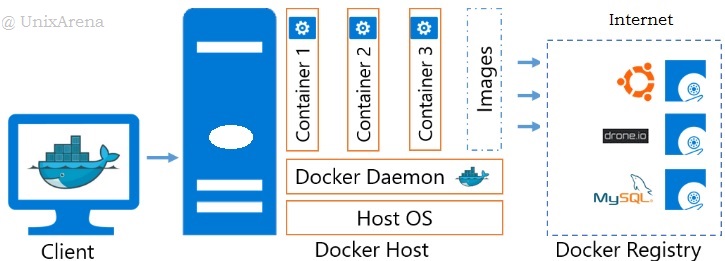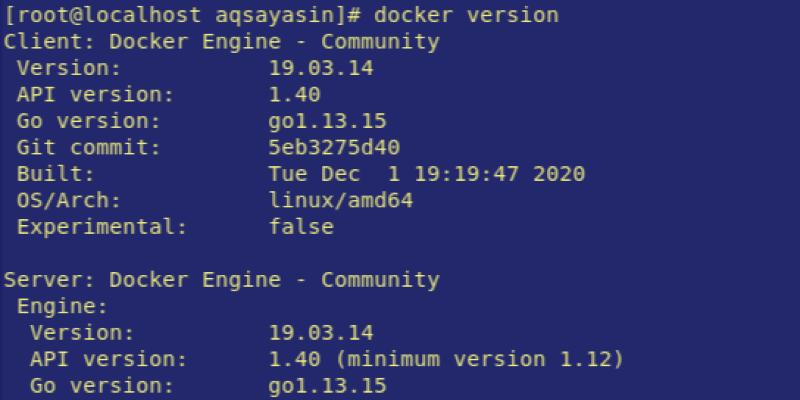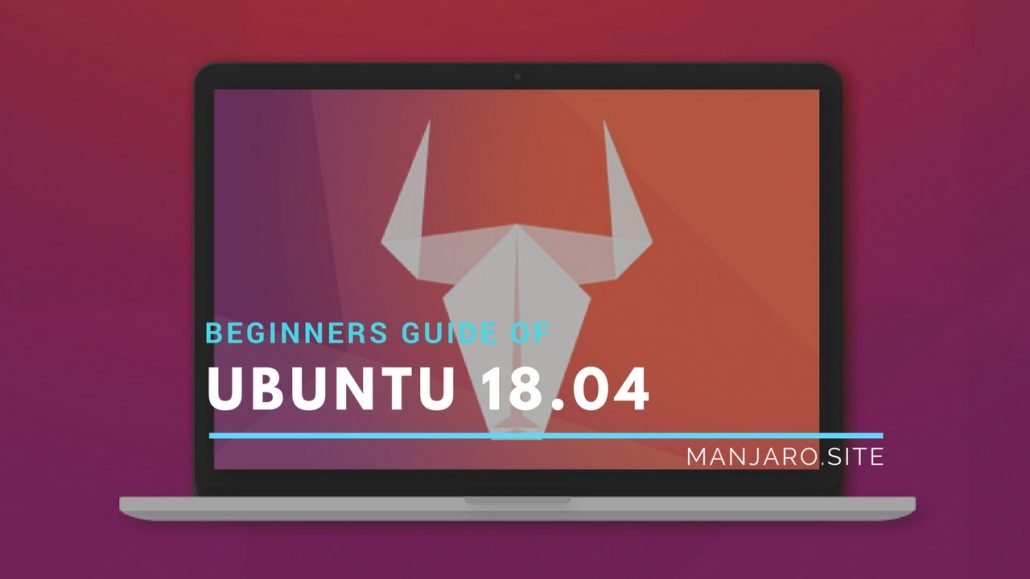To install InfluxDB on Docker, you have two ways of doing it. You can either prepare your filesystem manually, and run the InfluxDB on a Docker container with no initialization scripts. This is the simplest way of initializing InfluxDB. Step 3: Install Docker on RHEL 7 Server / Desktop. We can now Install Docker on RHEL 7 by running the commands below. Sudo yum install -y docker device-mapper-libs device-mapper-event-libs sudo systemctl enable -now docker.service. Confirm service status. For my machine on Task Manager it shows Virtualisation is Disabled. However, Hyper-V Support is indicated as “Yes”. Is there any hope for me to install it without upgrading my Windows to Pro (which I won’t). Thanks for helping me learn Docker.
- Docker Install Oracle Linux 8
- Docker Install Oracle Database
- Docker Install Oracle Vm
- Docker Install Oracle Linux
- Docker Install Oracle 19c
- Docker Enterprise Edition for Windows Server 2016 (Docker EE) enables native Docker containers on Windows Server 2016. The Docker EE installation package includes everything you need to run Docker on Windows Server 2016. This topic describes pre-install considerations, and how to download and install Docker EE. Looking for Release Notes?
- This blog post shows you how to setup WSL 2 to run Docker images. Sure, you can use the Oracle provided Docker images or self created images too. But I have verified the Oracle repository today, the Dockerfile version is 19.3.0. And I don’t have the passion, to create new Dockerfiles for example to run 19.8 and download additional RU software.
- Introduction
- Oracle Linux
- Oracle Linux 7: Checking Yum Configuration
- Oracle Linux 8: About DNF and Application Stream
- Installing Software from Oracle Linux Yum Server
- Connecting To Yum Mirrors in Oracle Cloud Infrastructure (OCI)
- Oracle Linux
Oracle Linux yum server hosts software for Oracle Linux and compatible distributions. These instructions help you get started configuring your Linux system for Oracle Linux yum server and installing software via yum or dnf
Configuring Your System to Install Software from Oracle Linux Yum Server
Docker Install Oracle Linux 8
If you are starting from scratch, and don’t have a Linux OS installed, download and install Oracle Linux. Alternatively, use an Oracle Linux Vagrant box to run with Oracle VM VirtualBox or KVM
Oracle Linux
In many cases, your Oracle Linux system will already be set up to install software from Oracle Linux yum server. See Installing Software from Oracle Linux Yum Server for an overview software available on this yum server. There have been some recent changes to Oracle Linux yum server, so it’s a good idea to check your configuration.
Oracle Linux 7
Checking Yum Configuration
Effective January of 2019, Oracle changed the way in which it distributes the configuration information for yum repositories provided by the Oracle Linux yum server. The original repository configuration, https://yum.oracle.com/public-yum-ol7.repo and https://yum.oracle.com/public-yum-ol6.repo will remain available for some time but are deprecated in favor of the new modularized approach.
To check that your system is using the new modular yum configuration, perform the following actions:
- Check that you have the appropriate base
oraclelinux-release-<rel>package installed for your Oracle Linux release. For example, on Oracle Linux 7, do:
- If
oraclelinux-release-<rel>is not installed, install it first:
- Check that you do not have an old monolithic
public-yum-<rel>.repoyum repository configuration file enabled. For example, on Oracle Linux 7, do:
- If this file exists and you have the base
oraclelinux-release-<rel>package installed, you may still need to run the/usr/bin/ol_yum_configure.shscript.
Oracle Linux 8
About DNF and Application Stream

The yum utility that is provided with Oracle Linux 8 is based on Dandified Yum (DNF). You can use dnf to install or upgrade RPM packages, while automatically handling package dependencies and requirements. The yum command that is provided with Oracle Linux 8 is a symbolic link to the dnf and you can use the dnf command and all of its options similarly to how you used the yum command on previous releases of Oracle Linux.
DNF introduces the concepts of modules, streams and profiles to allow for the management of different versions of software applications within a single operating system release. To read more about this subject, see the documentation: Oracle® Linux 8: DNF Modules and Application Stream
To see a list of available modules in Oracle Linux 8 Application Stream:
Red Hat Enterprise Linux, CentOS & Scientific Linux
To install software from Oracle Linux yum server on Red Hat Enterpise Linux, CentOS or Scientific Linux, perform these actions:
Import the Oracle Linux GPG key using these instructions.
Ceate a temporary yum repository configuration file
/etc/yum.repos.d/ol7-temp.repowith the following as the minimum required content:
- Install
oraclelinux-release-el7:
- Remove
ol7-temp.repoand any other remaining repo files that may conflict with Oracle Linux yum server:
Docker Install Oracle Database
You are now ready to install additional software. See: Installing Software from Oracle Linux Yum Server

Installing Software from Oracle Linux Yum Server

Oracle Linux yum server hosts many different types of software in repositories for which the configuration is installed and updated via release packages. Below is a list of available software and the corresponding release packages to configure yum.
Available Software
| Software | Release RPM |
|---|---|
Oracle Linux, UEK & Addons. In addition:
| oraclelinux-release-el8, oraclelinux-release-el7, oraclelinux-release-el6 |
| Oracle Linux patch repositories (for Oracle Cloud Infrastructure customers only) | oraclelinux-patchonly-release-el7, oraclelinux-patchonly-release-el6 |
| Software Collection Library for Oracle Linux | oracle-softwarecollection-release-el7, oracle-softwarecollection-release-el6 |
| Spacewalk Server | oracle-spacewalk-server-release-el7, oracle-spacewalk-server-release-el6 |
| Spacewalk Client | oracle-spacewalk-client-release-el7, oracle-spacewalk-client-release-el6 |
| Gluster Storage | oracle-gluster-release-el8, oracle-gluster-release-el7, oracle-gluster-release-el6 |
| Ceph Storage | oracle-ceph-release-el7 |
| Oracle Instant Client (release 21.x and newer) | oracle-instantclient-release-el8, oracle-instantclient-release-el7 |
| Oracle Instant Client (up to release 19.x) | oracle-release-el8, oracle-release-el7, oracle-release-el6 |
| EPEL for Oracle Linux | oracle-epel-release-el8, oracle-epel-release-el7 |
| Packages for Developers and Oracle Cloud Infrastructure | oraclelinux-developer-release-el8, oraclelinux-developer-release-el7, oraclelinux-developer-release-el6 |
| MySQL Community releases | mysql-release-el7, mysql-release-el6 |
| Stable releases of the Go programming language | oracle-golang-release-el7 |
| Stable PHP releases | oracle-php-release-el7, oracle-php-release-el6 |
| Stable Node.js releases | oracle-nodejs-release-el7, oracle-nodejs-release-el6 |
To see an up to date list of installed and available release packages on Oracle Linux 7:
or, on Oracle Linux 8:
Connecting To Yum Mirrors in Oracle Cloud Infrastructure (OCI)
Each region in Oracle Linux Cloud Infrastructure (OCI) has its own Oracle Linux yum server mirror to enable high speed access without incurring extra network charges. When launched, Oracle Linux images have a yum variable set in /etc/yum/vars/ociregion to ensure they connect to a mirror in the appropriate OCI region.
If /etc/yum/vars/ociregion is not set correctly, or not set correctly, run the following
Follow the steps covered in Checking Yum Configuration to verify your yum configuration.
Additional Software Available in OCI

The following software and release RPMs are available in OCI, in addition to the publicly available software.

Docker Install Oracle Vm
| Software | Release RPM |
|---|---|
| Oracle Linux patch repositories | oraclelinux-patchonly-release-el7, oraclelinux-patchonly-release-el6 |
| Ksplice Utilities | oracle-ksplice-release-el7, oracle-ksplice-release-el6 |
Docker Install Oracle Linux
References
Docker Install Oracle 19c
- Blog post: Modularizing the Oracle Linux yum server Repository Configurations
